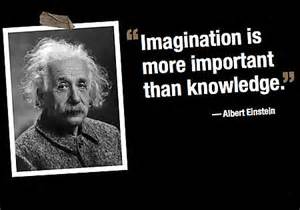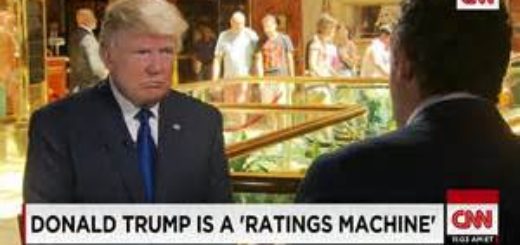“Education is not a linear process of preparation for the future: It is about cultivating the talents and sensibilities through which we can live our best lives in the present and create the future for ourselves.†–Ken Robinson
Educator Ken Robinson on ‘Thinking Outside the Box’
Ken Robinson Explores the Creative Mind…

Three themes flow throughout the book:
- Human affairs have always been turbulent. What is distinctive now is the rate and scale of change. This is driven by technological innovation and population growth.
- Everyone is born with immense natural talents, but few people discover what they are and how to develop them properly. Being creative is a part of being human.
- Current approaches to education have squandered the talents and stifled the creative confidence of a multitude of people. It is possible to run our school systems that foster the natural talents of each individual.
Worldly Creativity
The author travels the world on a road of discovery, interviewing businessmen, educators, principals and people from all walks of life. This is an exciting part of the book, where many of his ideas come together. Of corporate CEOs, Robinson observes: “They complain that education isn’t producing the thoughtful, creative, self-confident people they urgently need: people who are literate, numerate, and who can analyze information and ideas; who can generate new ideas of their own and help to implement them; who can communicate clearly and work well with other people.â€

The changes Robinson calls for must begin in our schools. He explains how dominant forms of education actively stifle the conditions that are essential to creative development. The author advocates giving the arts (art, music, dance, theater) equal time along with literacy, math and science. He writes about empowering children by giving them a sense of responsibility for their education. He cites several schools around the world who operate of these principles: developing the natural talents and creative capacities of our children. Examples:
- Dance United, a contemporary dance company in the UK, plucks young offenders from the criminal justice system, teaches them to trust and support each other, and holds them to high artistic standards.
- Caol Primary School in Scotland started a program called “Room 13″ where elementary school students ran an art studio as a business, raising funds for art materials and recruiting other student artists to work with them.
- El Sistema, a national music program in Venezuela, has produced several outstanding musicians and changed the lives of many of its poorest children.
The Nine Principles
The final chapters of the book focus on being a creative leader and developing a creative environment. There are nine principles on which to develop a systematic culture of creativity and innovation within an organization:
- Everyone has creative potential.
- Innovation is the child of imagination.
- We can all learn to be more creative.
- Creativity thrives on diversity. The best creative teams bring together people of different ages and genders, with different cultural backgrounds and professional experiences.
- Creativity loves collaboration. Individual creativity is almost always stimulated by the work, ideas and achievements of other people.
- Creativity takes time.
- Creative cultures are supple.
- Creative cultures are inquiring. Innovation involves trial and error, calculating risks and the organization’s tolerance for them.
- Creative cultures need creative spaces. The size and shape, lighting, colors and fabric, etc. all can be conducive to a more creative space.
Two examples of successful (and well-known) organizations using these principles:
- Pixar Animation Studios has a university on campus that offers daily workshops and seminars. Every employee (from animators to security guards) is entitled and encouraged to spend four hours weekly at the university.
- Google has a policy in which engineers can use 20 percent of their time for discretionary projects. During this time they can pursue any interest they like, and can pitch ideas to the senior management team. Five percent of all products launched by Google were developed in the 20 percent discretionary time.



















































































































